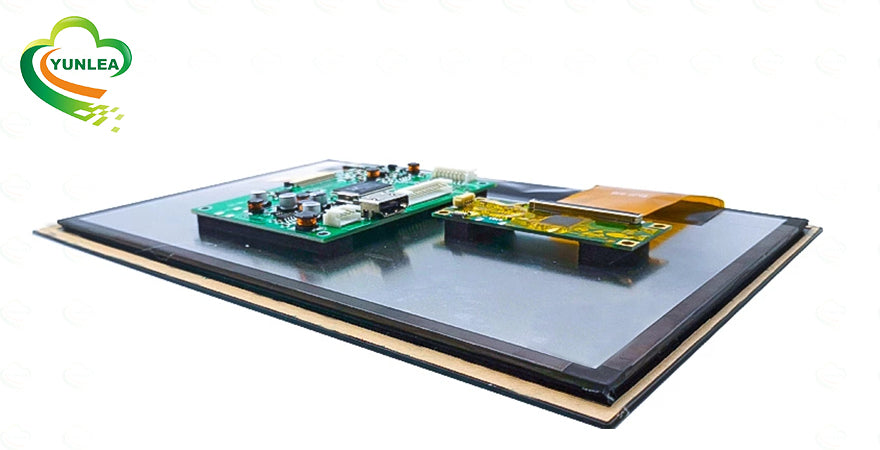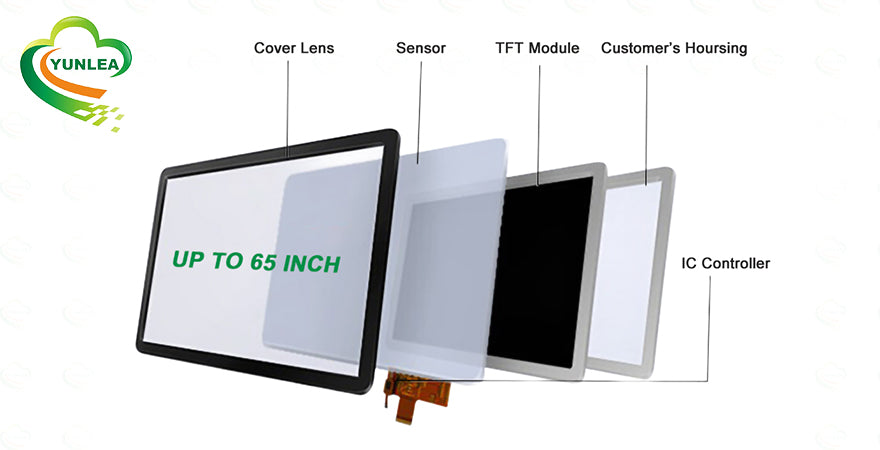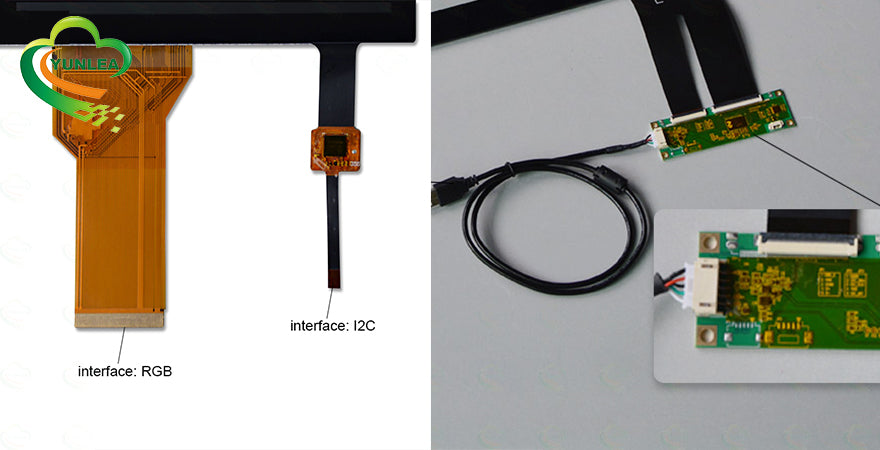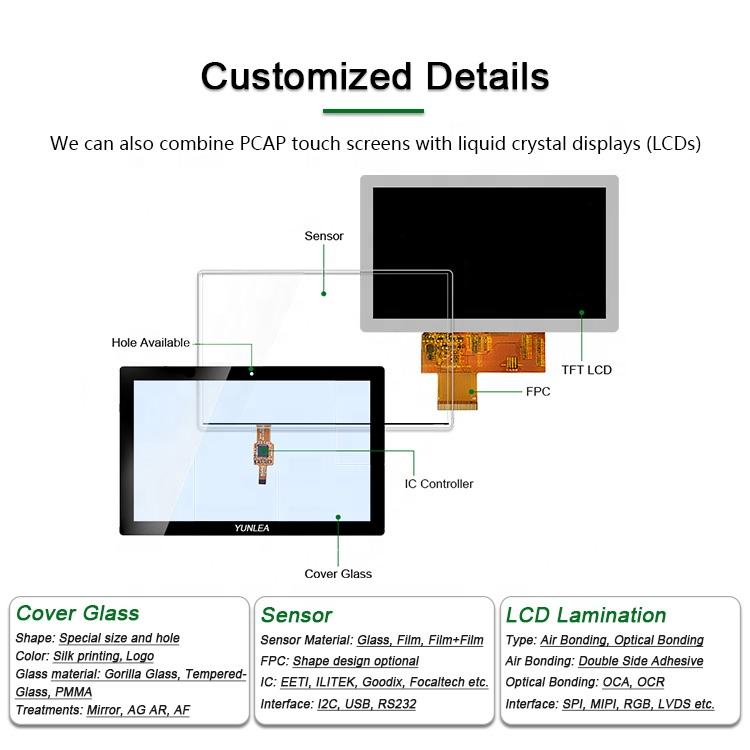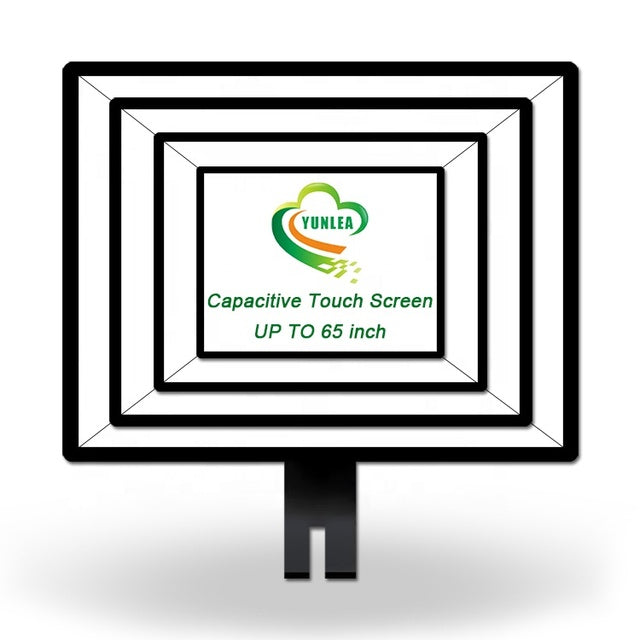Touchscreen Drop Testing: How It Works and What Passes
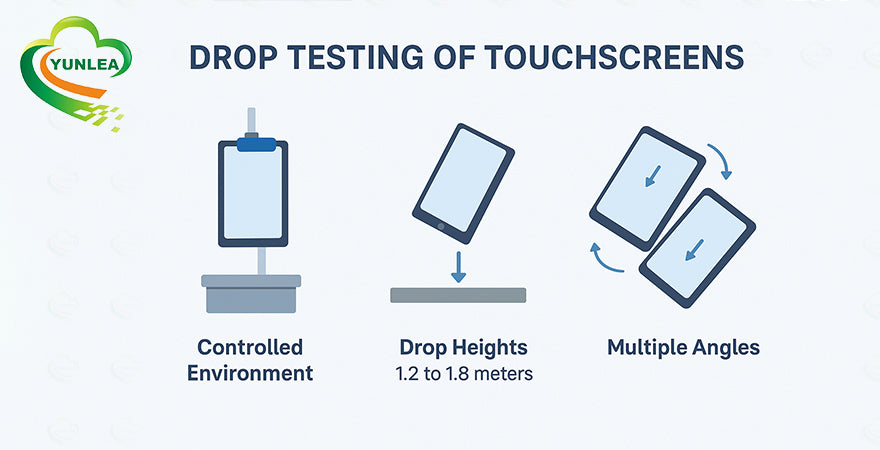
As a professional touchscreen manufacturer, Yunlea takes product reliability seriously — and drop testing is one of the most important steps in ensuring that every screen we produce can survive real-world accidents.
How Drop Testing Works
1. Controlled Environment:
All tests are conducted in specialized labs. Devices are placed in secure fixtures and dropped onto hard surfaces such as stone or steel, replicating real-world floors.
2. Drop Heights:
Typical drop heights range from 1.2 to 1.8 meters, similar to falling from a user’s hand or pocket. Industry standards such as ISTA-3A guide the testing process.
3. Multiple Angles:
Each device is dropped on all sides — front, back, left, right, top, bottom, and especially its corners. Every orientation is tested multiple times to ensure consistent durability.
Passing Criteria for Touchscreens
A touchscreen must meet strict quality requirements to pass:
-
No major cracks, shattering, peeling, or deformation of the frame.
-
Touch performance remains flawless — no missed touches, ghost touches, or dead zones.
-
Display integrity remains perfect — no discoloration, light leakage, or bright spots.
-
Internal structure remains secure — verified via X-ray or disassembly to ensure components are not damaged or loose.
Why Strict Testing Matters
-
Improved Product Design: Identifying weak points allows engineers to enhance frames, bumpers, and protective layers.
-
User Safety & Satisfaction: Stronger screens reduce breakage, improving customer trust and experience.
-
Cost Efficiency: Fewer repairs and returns save costs for both manufacturer and clients.
At Yunlea, we see drop testing as a final exam for our touchscreens. Only products that remain fully functional and structurally sound under rigorous conditions earn the Yunlea seal of quality.


